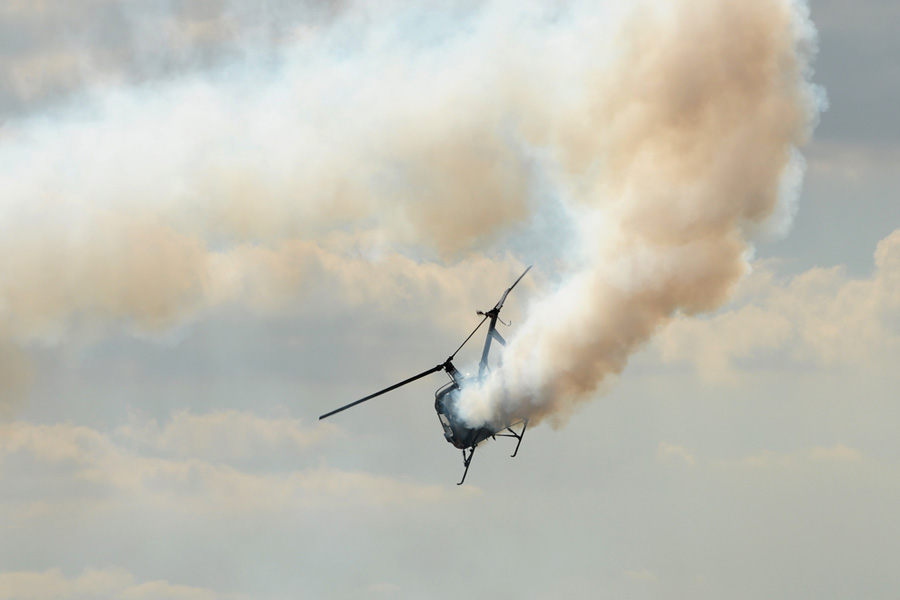Around a million of the planet’s estimated eight million animal and plant species are now threatened with extinction within decades, an international group of scientists warned in a report released on Monday.
The report, described as “the most comprehensive ever” assessment of the loss of species worldwide, has found that the current rate of species extinction is higher compared to the average over the past 10 million years.
More than 40 per cent of amphibians, a third of all marine mammals, and 10 per cent of the world’s estimated 5.5 million insects are threatened, said the report from the Intergovernmental Science-Policy Platform on Biodiversity and Ecosystem Services (IPBES).
It said human actions have driven at least 680 vertebrate species to extinction since 1500 AD, including the Pinta giant tortoise in the Galapagos islands in 2012. Over nine per cent of all domesticated breed of mammals used for food or agriculture had become extinct by 2016 and over 1,000 breeds are also threatened.
“Ecosystems, species, wild populations, local varieties and breeds of domesticated plants and animals are shrinking, deteriorating, or vanishing,” Josef Settele, a scientist at the Helmholtz Centre for Environmental Research, Germany, and the assessment effort’s co-chair said.
“This loss is a direct result of human activity and constitutes a direct to human well-being in all regions of the world,” Settele said in a media release that outlined key content from a summary of the report compiled by experts from 50 countries.
The report has warned that human actions have “severely altered” 75 per cent of the land environment and 66 per cent of the marine environment. It has also pointed out that these trends have been “less severe or avoided” in areas held or managed by indigenous people or local communities.
The changes in the terrestrial environments will have direct impacts on humans. Land degradation has reduced the productivity of 23 per cent of global land surface and 100 million to 300 million people are at an increased risk of floods and cyclones because of loss of coastal habitats and protection. “The threat to amphibians worldwide mirrors the threat to amphibians in India,” said S.D. Biju, professor of zoology at the University of Delhi who was not associated with the report.
“The loss of amphibians has wider implications to ecosystems — they make up a major source of diet for species like snakes and birds and they help maintain the health of ecosystems in several ways.”
The report warned that humans extract more from the planet and produce more waste than ever before. Plastic pollution has increased 10-fold since 1980 and millions of tonnes of heavy metals, solvents, toxic sludge, among other wastes are dumped annually into the world’s waters.
But the assessment has also presented what scientists say are “illustrative actions for sustainability” and ways to achieve them. It has pointed out successful conservation efforts that have saved from extinction at least 26 bird species and six ungulates, including the Arabian Oryx and the Mongolian wild horse.










